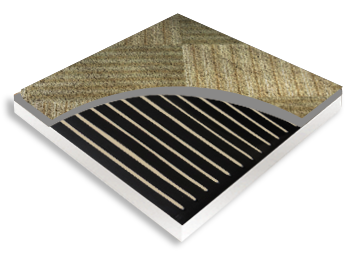


Romans scale up the use of conditioned surfaces (floors and walls) with the invention of the hypocausts. This perimeter hearth is the initial form of the budumak (meaning kitchen range), which composes the combustion section of the traditional ondol in Korea. More than two hearths were used in one dwelling one hearth located at the center was used for heating, the other at the perimeter was used for cooking throughout the year.

Ondol type system used in the Aleutian Islands, Alaska and in Unggi, Hamgyeongbuk-do (present-day North Korea). Korean fire hearth, was used both as kitchen range and heating stove. Below is a chronological overview of under floor heating from around the world.Įvidence of "baked floors" are found foreshadowing early forms of kang and dikang "heated floor" later ondol meaning "warm stone" in Manchuria and Korea respectively. These early forms have evolved into modern systems using fluid filled pipes or electrical cables and mats. The hot smoke heated the floor stones and the heat then radiated into the living spaces. Archeological digs in Asia and the Aleutian islands of Alaska reveal how the inhabitants drafted smoke from fires through stone covered trenches which were excavated in the floors of their subterranean dwellings. Underfloor heating has a long history back into the Neoglacial and Neolithic periods. Use of underfloor heating dates back to the Neoglacial and Neolithic periods. Heating is achieved by conduction, radiation and convection. Underfloor heating and cooling is a form of central heating and cooling that achieves indoor climate control for thermal comfort using hydronic or electrical heating elements embedded in a floor. Form of central heating and cooling Underfloor heating pipes, before they are covered by the screed


 0 kommentar(er)
0 kommentar(er)
